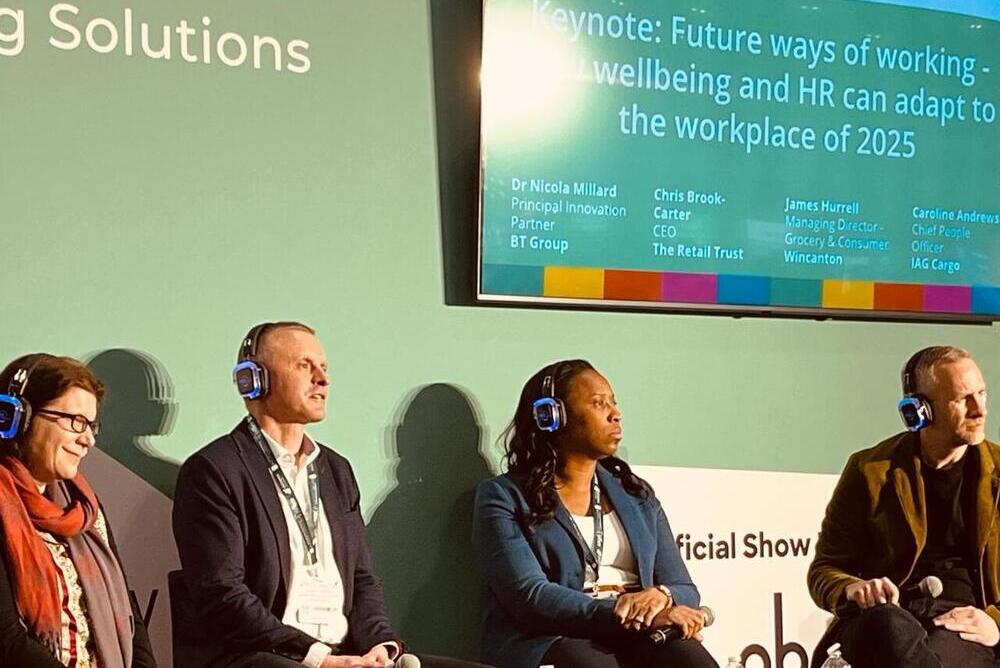For World Menopause Day, we’re sharing the perspective of award-winning health, mental health and wellbeing consultant Amy McKeown. Here she hones in on what the recently highlighted absence statistics – showing that the UK has more people out of the workforce than ever before – tell us about the status of women’s health and how employers need to respond.
Some of the key facts I jotted down during a recent conference were:
- 185,000 women between the ages of 50-64 have left the workplace since the pandemic, so we are clearly not getting this right. A fifth of these are on NHS waiting lists, and gynaecological waiting lists are the worst in the NHS (Annaliese Dodds, Shadow Secretary of State for Women & Equalities).
- Less than a quarter (24%) of women go back to full-time after having children.
- Of that 24%, 79% ended up leaving anyway due to not being able to maintain a full-time role (That Works for Me, 2023).
- There is currently a 7.2% gender participation gap (PWC Women in Work); 14% national gender pay gap (Hansard); 37% female board level representation (PWC Women in Work).
- One in ten women leave the workforce during their menopause.
And from the Society of Occupational Medicine’s report “Understanding recent trends in ill health-driven fallout from the UK job market”:
- Long-term sickness in women across all age groups has been rising since 2014, with women becoming economically inactive at a higher rate than men.
- An increase in economic inactivity in young men, aged 16 to 24, with sharp increases in mental health issues.
- Occupations with a low ability to work from home are more likely to see people leave the workforce due to long-term sickness.
Implications for employers
If we put this together, we can see that specific groups of people, namely women and young men, are the ones with more long-term absence and economic inactivity.
We can see that flexible working is reducing long term sickness.
We can see that we need to stop talking and do something about gendered ageism and get older women, the ones with huge amount of experience (and often lower pensions) back into the workforce by designing jobs around their needs and their health.
One stop shop absence policies aren’t working. Nor are interventions.
We need to look at exactly what is going on and unpick the specifics.
Be honest about the impact of the pandemic on women and their health.
Stop arguing about flexible working and recognise that it reduces sickness and opens the workplace to groups that were previously excluded from it.
Get young men into the workforce and support their mental health.
Redesign work so that it works.
Pay more for health and mental health.
Think strategically and long term about health provision in the UK and who pays for it. The role of the employer.
This is an extract from Amy’s regular newsletter. To find out more visit https://amymckeown.com/
You might also like:















